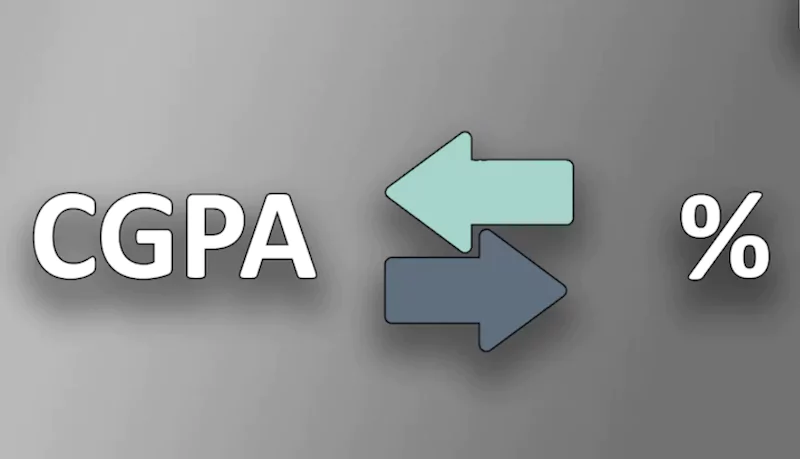Effective Methods for Converting CGPA to Percentage

The CGPA (Cumulative Grade Point Average) is a common grading system used in many educational institutions. However, when it comes to job applications or higher education admissions, it is often necessary to convert them into a percent format. Converting CGPA to percentage can seem confusing, but there are several effective methods available. This article explores different approaches, allowing students and professionals to present their academic achievements accurately.
Method 1: Using a Conversion Formula
One of the simplest and most commonly used methods is by employing a conversion formula. While the specific formula may vary depending on the grading scale used by your institution, a widely accepted formula is:
Percentage = CGPA × 9.5
This formula is based on the 10-point grading scale, where the maximum cumulative grade point average is usually 10. By multiplying it by 9.5, you can obtain the equivalent percent. However, it is crucial to note that this formula may differ in some cases. Therefore, it is advisable to consult your institution’s guidelines or the concerned authority to ensure you are using the correct conversion formula.
Method 2: Referring to Conversion Charts
Another method is by referring to conversion charts or tables provided by educational institutions. Some institutions or departments maintain specific conversion charts that outline the equivalent values for different ranges. These charts may take into account the specific grading scale and criteria used by the institution, providing a reliable reference for conversion purposes. Check your institution’s official website, student handbook, or academic services department for any available conversion charts.
Method 3: Consultation with Educational Institutions
In cases where conversion formulas or charts are not readily available, it is advisable to directly consult the educational institution or the concerned authority. Reach out to the academic services department, registrar’s office, or your academic advisor for guidance. They can provide you with the official conversion method, considering any specific guidelines or variations used by the institution.
Method 4: Online CGPA to Percent Converters
The internet provides numerous online tools and converters that can simplify the conversion process. Simply search for “CGPA to percentage converter” using a search engine, and you will find several websites offering conversion calculators. These online converters typically require you to input your Cumulative Grade Point Average, and they will instantly provide the equivalent percent based on the conversion formula they use. Ensure you choose reputable and reliable websites or tools to ensure accurate results.
Method 5: Mobile Applications
In addition to online tools, there are mobile applications attainable on Android and iOS platforms that offer conversion functionality. These applications often provide user-friendly interfaces and allow you to input your cumulative grade point average to obtain the corresponding percent. Before downloading any application, check the ratings, reviews, and user feedback to ensure its accuracy and reliability.
Method 6: Consulting with Peers and Alumni
If you are part of a student community or have access to alumni networks, reaching out to them can be beneficial. Consult with peers who have previously converted their CGPA to percent or seek advice from alumni who have gone through the process. They can provide valuable insights into the methods they used or any specific guidelines they followed during the conversion process.
Conclusion:
Converting cumulative grade point average to percent is essential when applying for jobs or pursuing higher education opportunities that require a percentage-based evaluation. Individuals can effectively convert it by utilizing methods such as formulas, conversion charts, consultation with educational institutions, online converters, and mobile applications, and seeking advice from peers and alumni. Remember to consider the specific guidelines provided by your educational institution or employer to ensure accurate conversion. By using these methods, students and professionals can present their academic achievements accurately and meet the requirements of various applications and evaluations.

